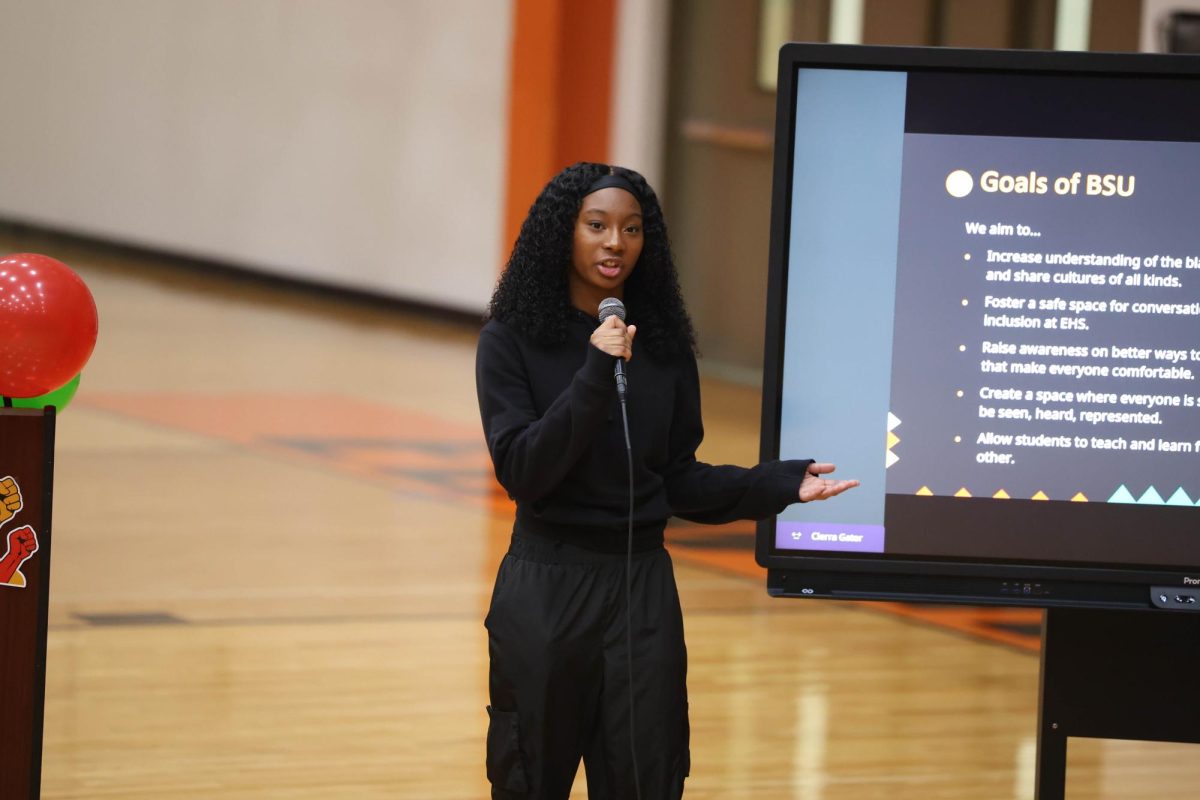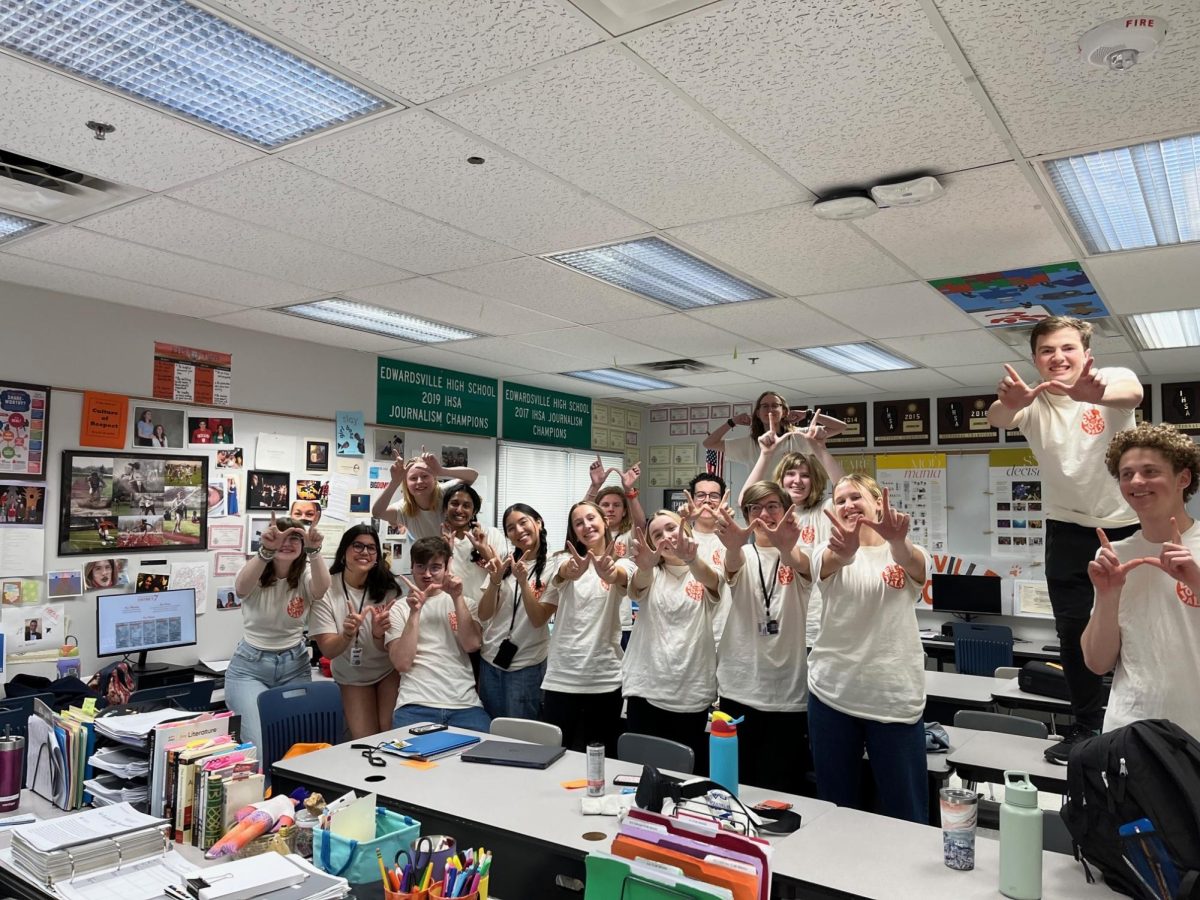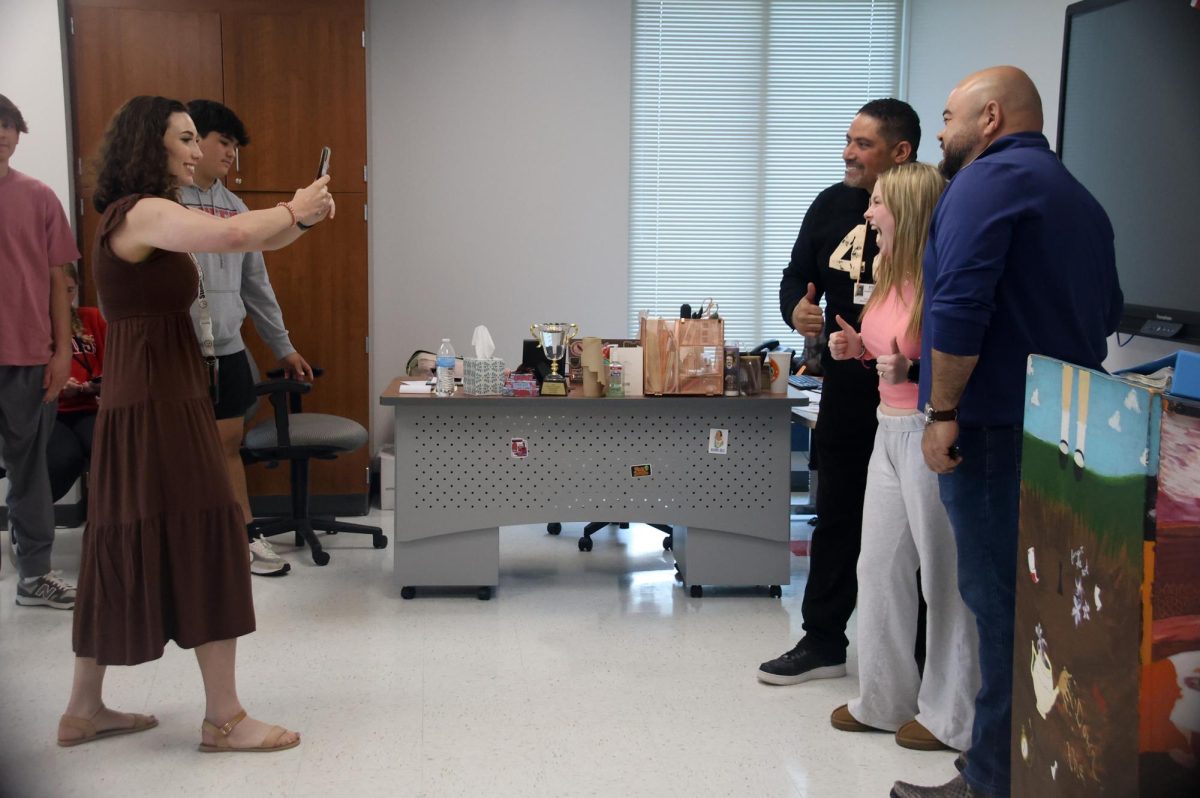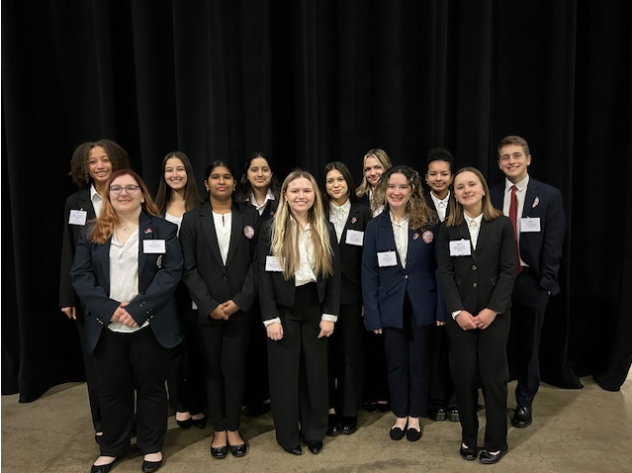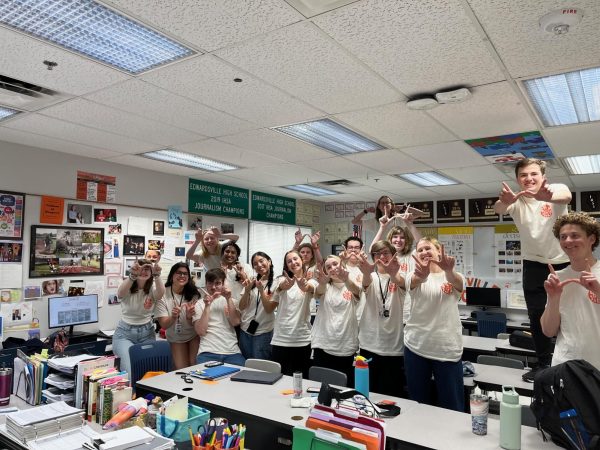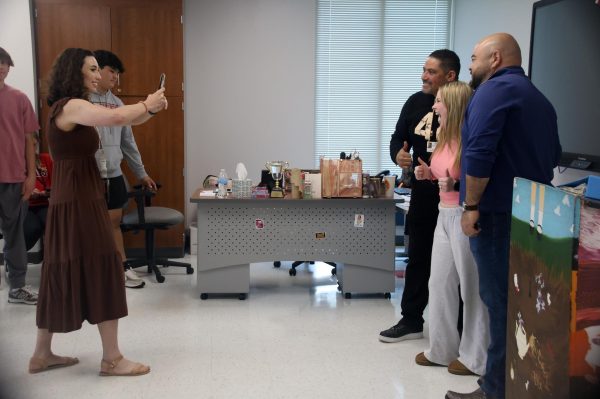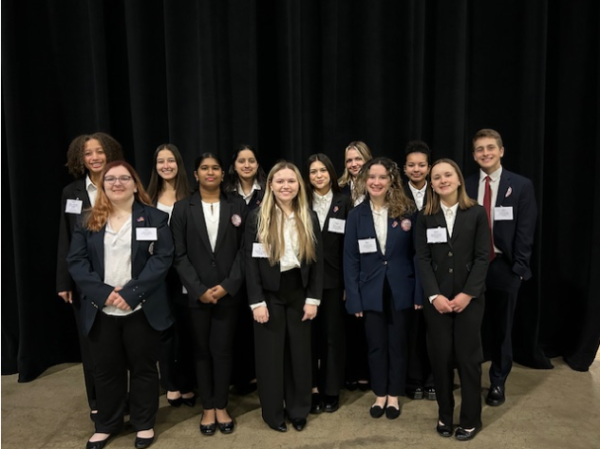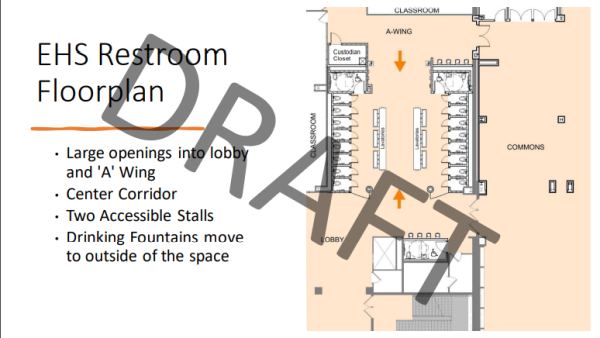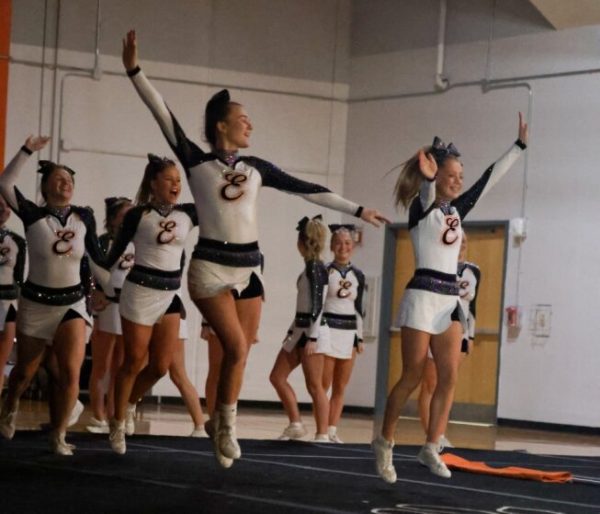Vaccine Rollout Continues
February 5, 2021
The Biden-Harris administration has taken an opposing stance and approach to the pandemic from the former administration, most notably in the vaccine rollout.
With new strains being discovered, the need for an efficient vaccine rollout has increased. The Biden team will initially send 1 million doses to 6,500 pharmacies this week, according to the Chicago Tribune. There will also be 10.5 million doses sent to state and local governments in the coming weeks.
One of the largest issues with the vaccines is that they must be kept in very specific conditions or will go bad in a few hours. Both the Moderna and Pfizer vaccines must be used within six hours of being removed from the subzero temperatures they are stored in, according to the Washington Post. This has led to thousands of vaccines being thrown in the trash instead of distributed to people.
In Oregon, one such incident occurred when a snowstorm halted traffic and a team of health care workers had six vaccines that were about to expire. Instead of letting them go to waste, the workers went from car to car and offered them to people, according to the Washington Post.
Citizens age 65 or older, healthcare workers and essential workers including teachers are now eligible to get the vaccine in Illinois, according to the Illinois Department of Public Health (IDHP).
As the vaccination process continues, Illinois is trying to take an equitable approach to distribution, according to the IDPH.
“Illinois seeks to save lives in a truly equitable manner, recognizing that multi-generational institutional racism has reduced access to care, caused higher rates of environmental and social risk, and increased co-morbidities for people of color,” the IDPH said in the Vaccine Administration Plan.
“As public health experts continue to review the federal government’s recommendations for Phase 1C in the context of Illinois’ data, Governor Pritzker and Dr. Ezike will ensure the state’s exit plan for this pandemic centers on the very structural inequalities that allowed COVID-19 to rage through our most vulnerable communities in the first place.”


